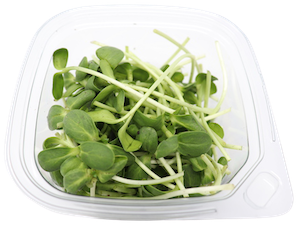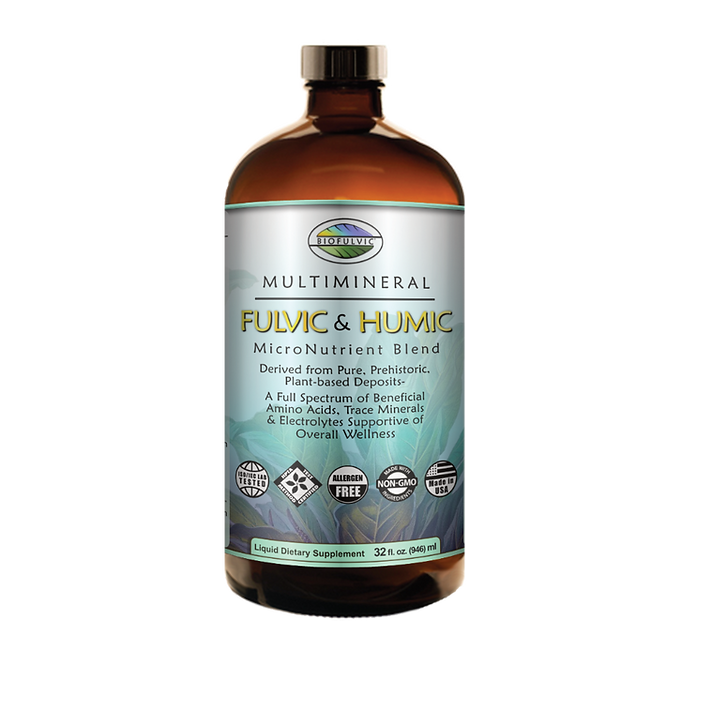In the pursuit of better health, we often find ourselves exploring various avenues to enrich our diets with essential nutrients. One such avenue that has gained significant attention in recent years is the incorporation of microgreens into our daily meals. These tiny but mighty greens offer a plethora of health benefits that can make a substantial difference in our overall well-being. Let’s delve into the three primary health benefits of incorporating microgreens into your diet, backed by scientific evidence.
Nutrient Density
Microgreens are packed with essential vitamins, minerals, and antioxidants, making them a nutritional powerhouse. Despite their small size, microgreens contain concentrated amounts of nutrients, often surpassing their mature counterparts. A study published in the Journal of Agricultural and Food Chemistry found that microgreens, such as red cabbage, cilantro, and radish, exhibited significantly higher levels of vitamins C, E, and K1 compared to their mature counterparts.
For instance, just a few grams of red cabbage microgreens can provide a substantial portion of your daily vitamin C requirement, essential for immune function and collagen synthesis. Similarly, microgreens like broccoli and kale are rich in vitamin K1, crucial for blood clotting and bone health. Incorporating a variety of microgreens into your meals can thus help bridge the nutrient gap and promote overall vitality.
In comparison to other vegetable sources, microgreens stand out for their exceptional nutrient density. While mature vegetables certainly offer valuable nutrients, their micro counterparts often contain higher concentrations per gram. For instance, a study published in the Journal of Agricultural and Food Chemistry compared the nutrient content of various microgreens to their mature counterparts and found that microgreens generally contained higher levels of vitamins and antioxidants.
Antioxidant Powerhouse
Antioxidants play a vital role in neutralizing harmful free radicals in the body, thus reducing the risk of chronic diseases such as heart disease, cancer, and inflammation. Microgreens are rich in antioxidants, including phenolic compounds, flavonoids, and carotenoids, which contribute to their vibrant colors and distinct flavors.
Research published in the Journal of Agricultural and Food Chemistry highlights the antioxidant potential of microgreens, with findings indicating significantly higher antioxidant activity compared to mature vegetables. Incorporating antioxidant-rich microgreens like broccoli, kale, and radish into your meals can help protect your cells from oxidative damage and support longevity.
Digestive Health & Weight Management
Microgreens are not only nutrient-dense but also rich in dietary fiber, which plays a crucial role in digestive health and weight management. Fiber promotes regularity, prevents constipation, and supports a healthy gut microbiome by serving as food for beneficial gut bacteria.
A study published in the Journal of Food Science found that microgreens such as broccoli and red cabbage are particularly high in dietary fiber, with just a small serving providing a significant portion of the recommended daily intake. By incorporating fiber-rich microgreens into your meals, you can support digestive function, enhance satiety, and promote weight loss or maintenance.
Are You at Risk of Nutrient Deficiency?
Despite living in a land of plenty, many Americans are still at risk of nutrient deficiencies due to poor dietary choices, restrictive eating patterns, and lifestyle factors. Common signs and symptoms of nutrient deficiency include fatigue, weakness, poor concentration, and compromised immune function.
Microgreens offer a simple yet powerful solution to address nutrient deficiencies. For instance:
- Iron Deficiency: Microgreens like spinach and kale are excellent sources of iron, essential for oxygen transport and energy production. Incorporating these iron-rich microgreens into your meals can help prevent or alleviate symptoms of iron deficiency, such as fatigue and weakness.
- Vitamin K Deficiency: Microgreens such as broccoli and kale are abundant in vitamin K, vital for blood clotting and bone health. Including these vitamin K-rich microgreens in your diet can help prevent symptoms of vitamin K deficiency, such as easy bruising and poor bone density.
- Vitamin C Deficiency: Microgreens like red cabbage and broccoli sprouts are packed with vitamin C, crucial for immune function and collagen synthesis. Adding these vitamin C-rich microgreens to your meals can help combat symptoms of vitamin C deficiency, such as frequent infections and slow wound healing.
Incorporating a diverse array of microgreens into your daily meals is a simple yet effective strategy to fortify your diet with essential nutrients and support optimal health. Whether tossed into salads, blended into smoothies, or used as garnishes, microgreens offer a convenient way to elevate the nutritional profile of your meals and reap the numerous health benefits they provide.
Remember, small changes can yield significant results when it comes to your health. So why not start sprouting some microgreens in your kitchen today or order microgreens from a trusted provider and embark on a journey toward vibrant health and vitality?
References:
- Xiao, Z., et al. (2012). Assessment of vitamin and carotenoid concentrations of emerging food products: edible microgreens. Journal of Agricultural and Food Chemistry, 60(31), 7644–7651.
- Wu, Q., et al. (2014). Concentrations of anthocyanins in common foods in the United States and estimation of normal consumption. Journal of Agricultural and Food Chemistry, 62(35), 7894–7896.
- Xu, Y., et al. (2012). Total phenolic, flavonoid, anthocyanin, and tannin contents and antioxidant activities of extracts of sweetpotato (Ipomoea batatas L.) leaves. Food Chemistry, 132(3), 1275–1282.
- Thavarajah, D., et al. (2007). Health-beneficial properties of low glycemic index foods and perspectives for research with endosperm-based products. Comprehensive Reviews in Food Science and Food Safety, 6(2), 139–151.





